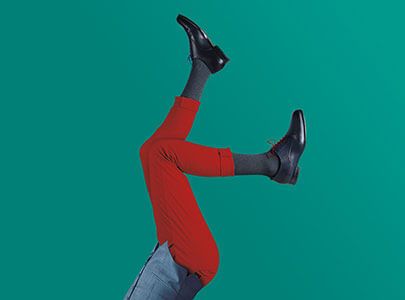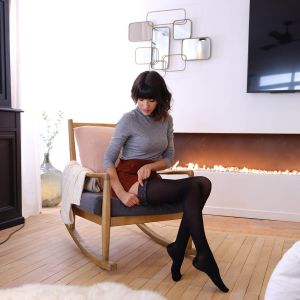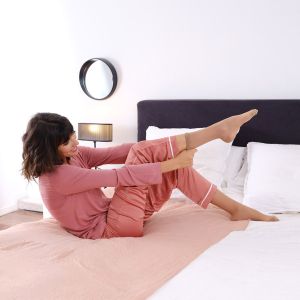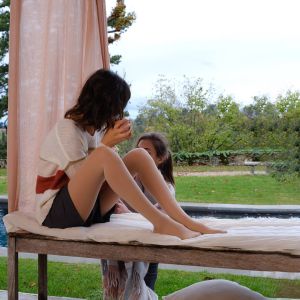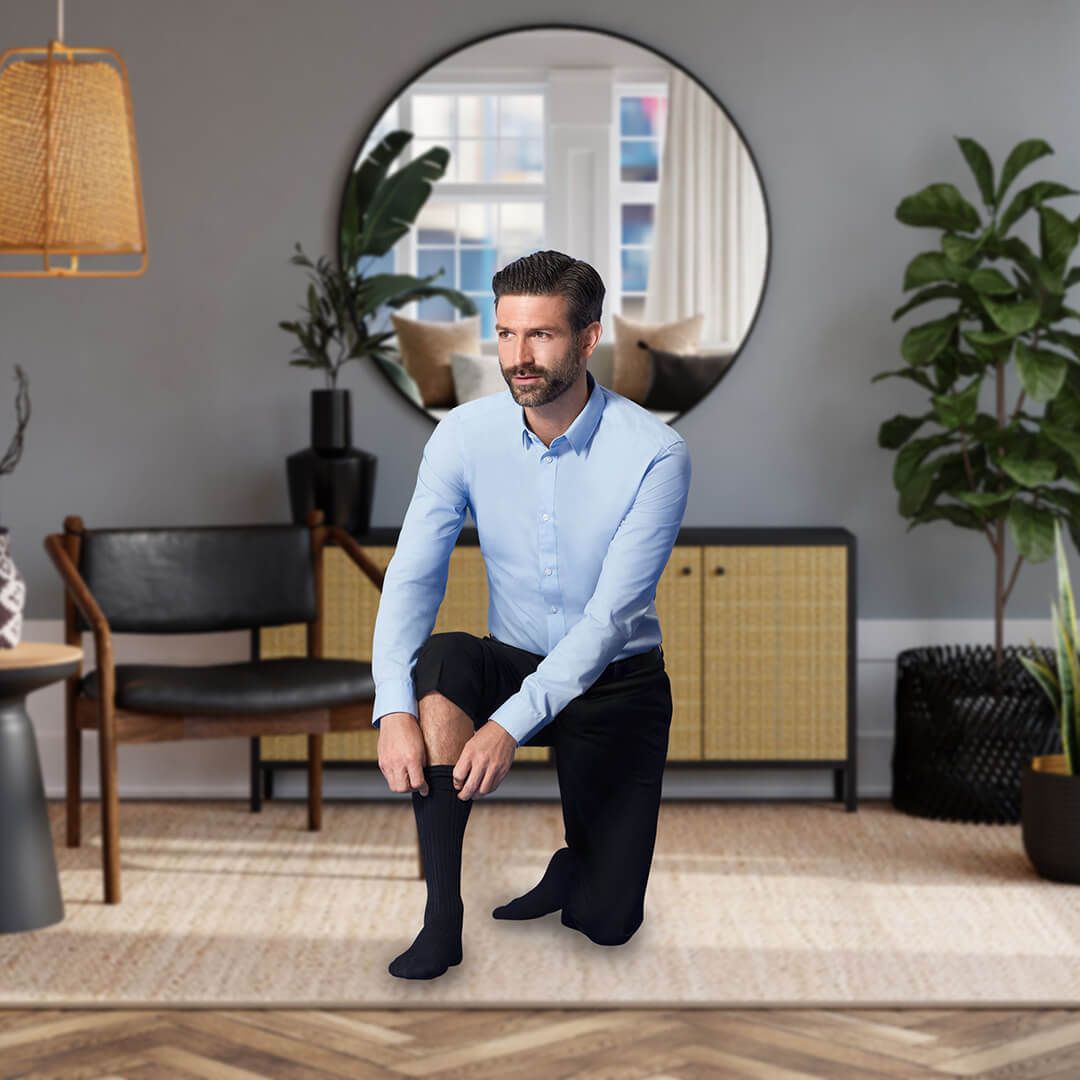COMPRESSION LEVEL & PATHOLOGIES
Guide to most common pathologies & compression levels.
Select a pathology for a description and information about which compression levels are suitable for the that condition.
Guide to most common pathologies & compression levels.
Select a pathology for a description and information about which compression levels are suitable for the that condition.
Restless legs syndrome is common. While many patients are simply inconvenienced, others suffer greatly from wakefulness and disturbed sleep. The condition is readily recognized by history and examination and perhaps simple investigations. Secondary causes should be excluded. Mild symptoms can be managed without drugs, but severe symptoms may require a dopamine agonist. Treatment is usually effective but may present some practical difficulties.
Restless legs syndrome is common. While many patients are simply inconvenienced, others suffer greatly from wakefulness and disturbed sleep. The condition is readily recognized by history and examination and perhaps simple investigations. Secondary causes should be excluded. Mild symptoms can be managed without drugs, but severe symptoms may require a dopamine agonist. Treatment is usually effective but may present some practical difficulties.
Reticular veins are obvious varicose veins which are present beneath the skin and easily visible, but rather smaller than the larger knobbly veins. Reticular veins may only bulge the skin slightly if at all, whereas varicose veins tend to produce marked bulging of the skin.
Spider veins are like varicose veins, but smaller and closer to the surface of the skin. They are often red or blue and can look like tree branches or spider webs. They are mostly found on a person’s legs or face. They may cover a small or large area.
To stand or not to stand? Implications of prolonged standing for perioperative nurses: A discussion paper
Wearing compression stockings or flight socks during journeys of 3 hours or more can help prevent DVT if you're at an increased risk.
Some spider veins can be treated by sclerotherapy, which is the injection of irritant chemicals (sclerosants) into the affected vein.
Some varicose veins can be treated by sclerotherapy. Nevertheless, major surface veins (long or short saphenous veins) that are varicose are usually treated surgically.
Varicose veins are abnormally swollen and tortuous veins, often visible just beneath the skin. They can vary in size from quite small (2-3mm across) to very large (2-3cms across).
Compression therapy, by bandaging or stockings, is routine for thromboprophylaxis and for chronic venous disease and its complications.
Compression therapy, by bandaging or stockings, is routine for thromboprophylaxis and for chronic venous disease and its complications.
Compression therapy, by bandaging or stockings, is routine for thromboprophylaxis and for chronic venous disease and its complications.

